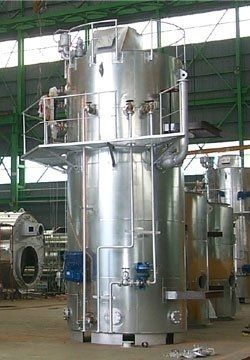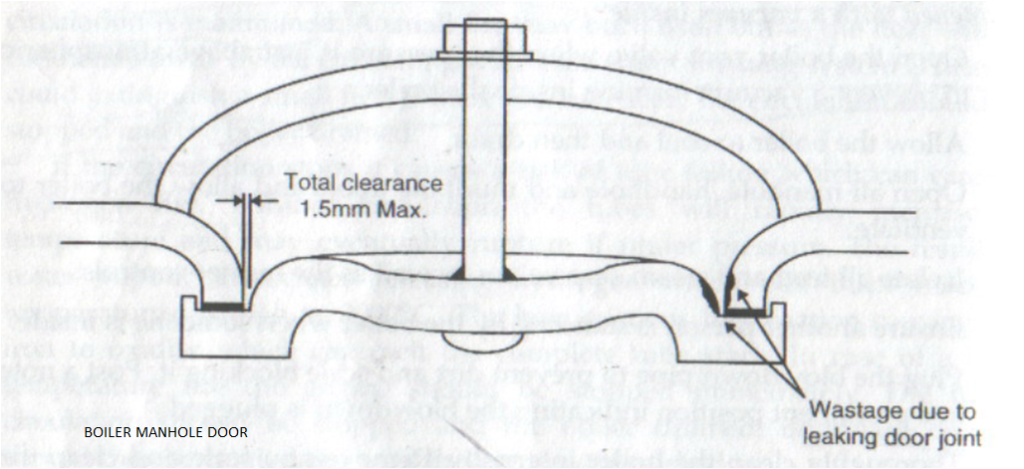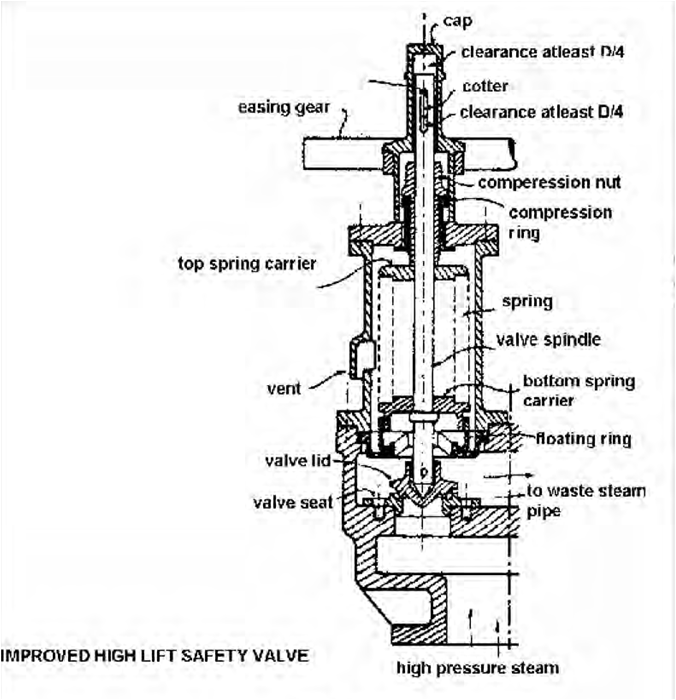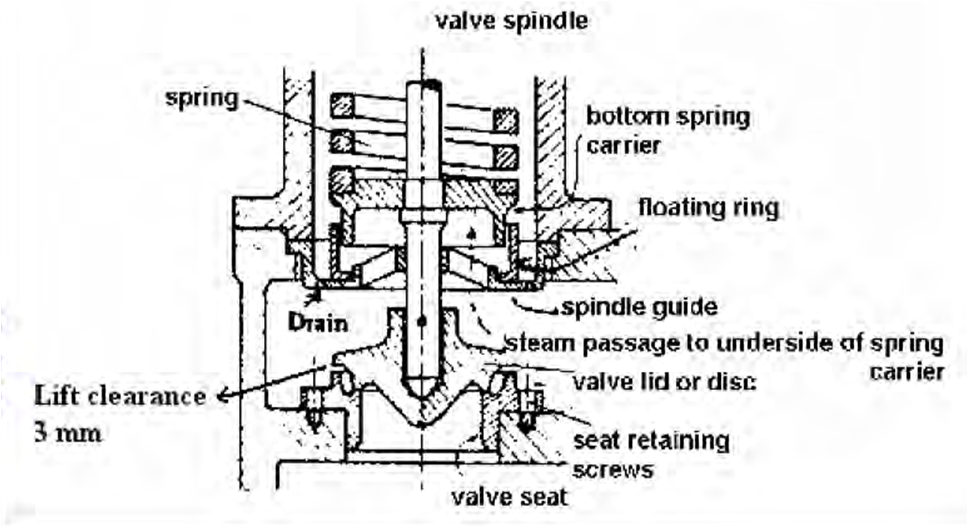
Twice in 5 years
- Open the boiler vent valve when pressure inside is just above the atm pressure to ensure that there is no vacuum in the boiler
- Allow the boiler to cool and then drain
- Open all manhole, handhole and mudhole doors and allow boiler to ventilate.
- Isolate all feed and steam stop valves as well as the burner control
- Ensure another person is standing near the boiler when other person is inside
- Plug the blow down pipe to avoid dirt and sludge blocking it.
- Post a note to remember that the blowdown is plugged
- Thoroughly clean the boiler internally remove any scale and clean the tubes internally and externally prior to inspection.
- Gloves, a dust mask and goggles should be worn while working inside the boiler
External inspection:
- Inspect boiler externally for any signs of leakage.
- Examine the condition of insulating material and replace if necessary
- If asbestos then it should be wetted before handling it.
- Use gloves and dust mask to avoid inhaling of asbestos
- Inspect all mounting flanges and studs for securing and any signs of corrosion, Remove lagging if necessary.
- Wastage can occur where there is a leakage of steam or water.
- Check for condition of boiler support.
Internal inspection:
- Initial condition- colour of surface, scale, sludge
- O2 pitting on steam space surface & on water line
- Thinning & necking of tube at tube plate
- Inspect for signs of cracking, pitting or other corrosion particularly in way of Openings in the shell, around welded connections.
- Also check for scale deposits and oil and distortion of heat transfer spaces.
- Check for signs of blockage in the way of blowdown pipe and scum and feed distribution pipe
- Tubes inspection:
- Tubes should be checked for signs of distortion which may be caused by overheating
- Smoke tubes must be brushed through
- Water tubes to be washed externally with high pressure washer to remove combustion slag.
- Joint faces of manhole, handhole, and mudhole doors should be checked to ensure there sealing faces are in good condition
- Check the joint faces are in good condition
- Ensure clearance is 1.5mm all around
- The nut to be re-tightened when boiler is at working pressure.

- Inspect the refractory lining for the cracks or missing refractory
- Spalling
- Slagging
- Shrinkage cracking
- Pitting of tubes due to low temp corrosion.
- The sodium and vanadium compounds in the fuel can result in loss of refractory In way of flame
- Oil contamination of furnace floor and cracks due to leaky burners
- Leakage around boiler tubes at the plate entry due to fatigue corrosion.
- Inspect combustion chamber and uptake for any sign of combustion deposits
- Check all valves and gauges are not leaking and all cocks are clearly marked to show when open or shut
Overhaul and inspect safety valve
- Ensure there are no ridges in the valve lid and seat
- Check the valve body drain is clear
- Check the easing gear is free to operate.
- Check and inspect all wires and pulleys.
- Check all the parts are free to move in the valve body
- Check the valve spindle for corrosion, ring test the spindle and check for trueness
- Check the spring for corrosion and free length
- Check valve chest for corrosion and wastage. Also check the condition of flange face
- Ensure pipe clamps are secure so that the drain pipe is not exerting and force on the valve body.
- Check and measure and note down all the clearances
Check the operation of boiler controls and alarms:
- Low fuel temperature.
- Low fuel pressure-There may be two settings, ‘alarm’ and ‘shutdown’.
- Low air pressure
- Atomising steam pressure low.
- High steam pressure.
- Low steam pressure.
- Low water level – Close the feed valve
and let the level fall. Check the
alarm sounds. - Extra low water – Reduce the feed water
level further until the second
low level alarm activates and the burner locks out - High water – Manually operate the feed valve until the alarm sounds.
- Flame failure During the firing sequence
remove and cover the
photocell. Test the alarm to ensure it sounds.
- Maintenance of steam system also involves checking the valve glands These should be nipped up as leakage will cause deposits around gland as well as soaking the lagging
- Glands should never be packed when the system is under pressure. If during pressure testing any valve are removed then it should be blanked off
- Feed tanks are Hotwells will require draining and cleaning. Usually during dry dock, Filter towelling should be cleaned and inspected regularly and should be renewed if damaged
Types of corrosion in boiler
- Dry corrosion
- Galvanic corrosion
- Fatigue corrosion
- Crevice corrosion
- Over heating
- Caustic embrittlement
- Pitting
- Over pressure
Safety valve setting

- Open without simmering to full lift at definite set pressure
- Remain open until the pressure drops to definite amount called blowdown pressure
- Close tightly without chattering
- Remain tight when closed.

Safety valve
- Blowdown of safety valve
- Feathering
- Chattering
- Dirling effect
- Flutter

Material of safety valve
- Shaft—steel
- Spring carrier—cast steel
- Casing– cast steel
- Spring– high carbon steel
- Comp ring & comp screw – gunmetal
- Lid & seat — gunmetal



